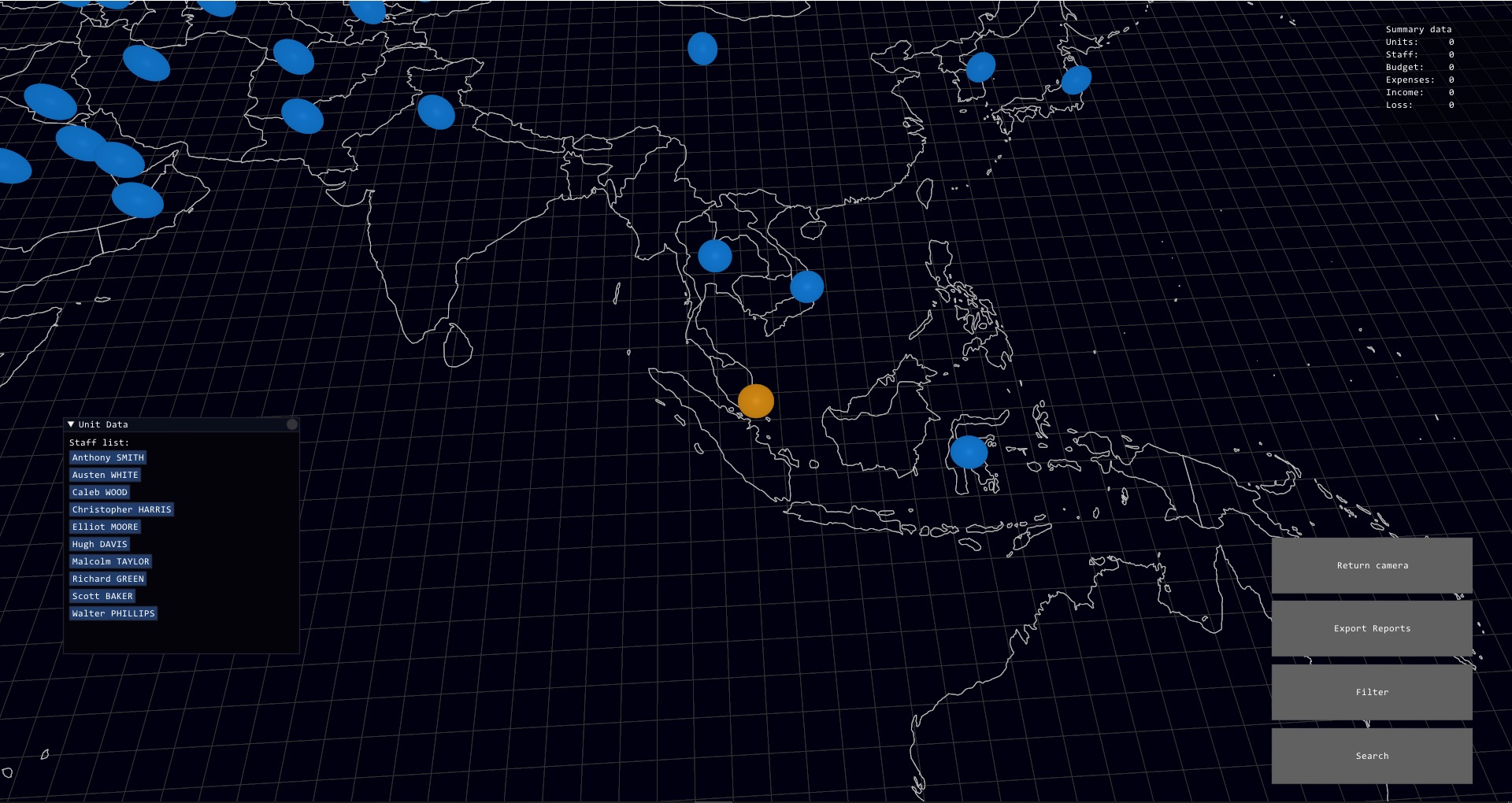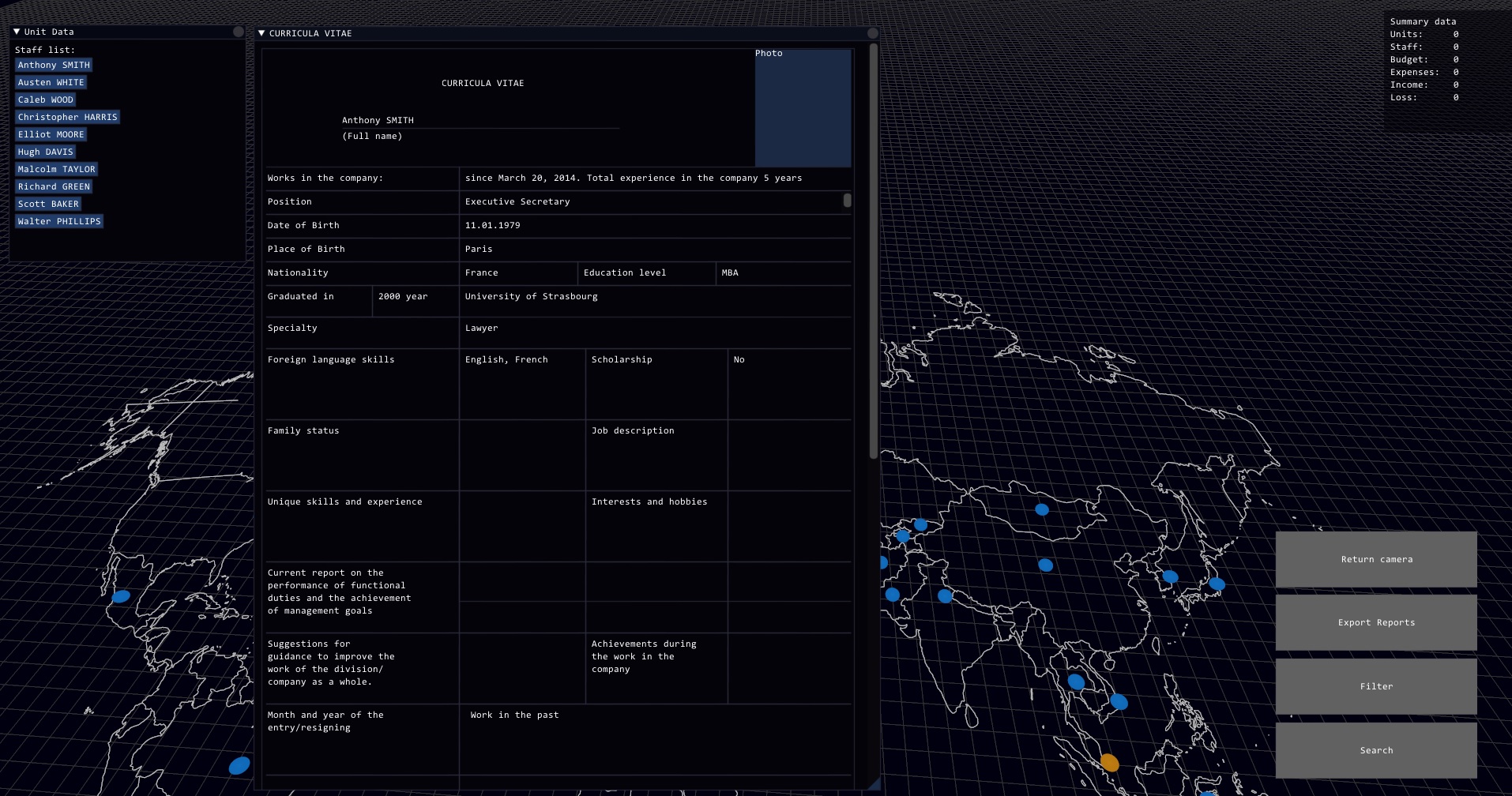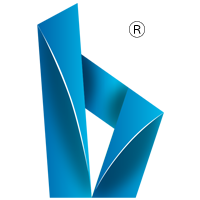
HR
In developing the updated platform, we aimed to create an universal environment that simplifies the management of geographically distributed organizations. We have adopted a classical approach that facilitates one-click access to data from any distant unit via an interactive world map (e.g., a module designed for HR services).
The system is designed with “flexibility” in mind, allowing for the easy expansion of fields in employee questionnaires or reporting forms without the need for IT specialists. Users can instantly search for employees based on specific parameters, such as skills and work experience within the organization. The platform visually represents the availability of individuals within each branch.
As with CLASSIC Version, users can compile reporting data on staff performance into a single document with just one click. This functionality is also applicable in niche areas. For instance, a top manager can pose a question that reaches all employees in the organization and receive a summarized report in less than three minutes, even with a workforce in the tens of thousands. Of course, employees will need to allocate time to respond.

During the development of new features, we unexpectedly broadened the platform’s capabilities, expanding its potential applications significantly. The world map serves as a foundational tool, but we can now attach any spatial framework—such as the layout of a building, machinery, or even complex industrial structures like plants and dams. With this, users gain a 3D projection of the system or object, displaying performance indicators at any point within it.
Our integration system allows “Bastau” to function as an overlay for existing information systems, creating a new visual environment. The speed of implementation further enhances the development’s uniqueness; the digitization of any complex system can be completed in just a few days.
